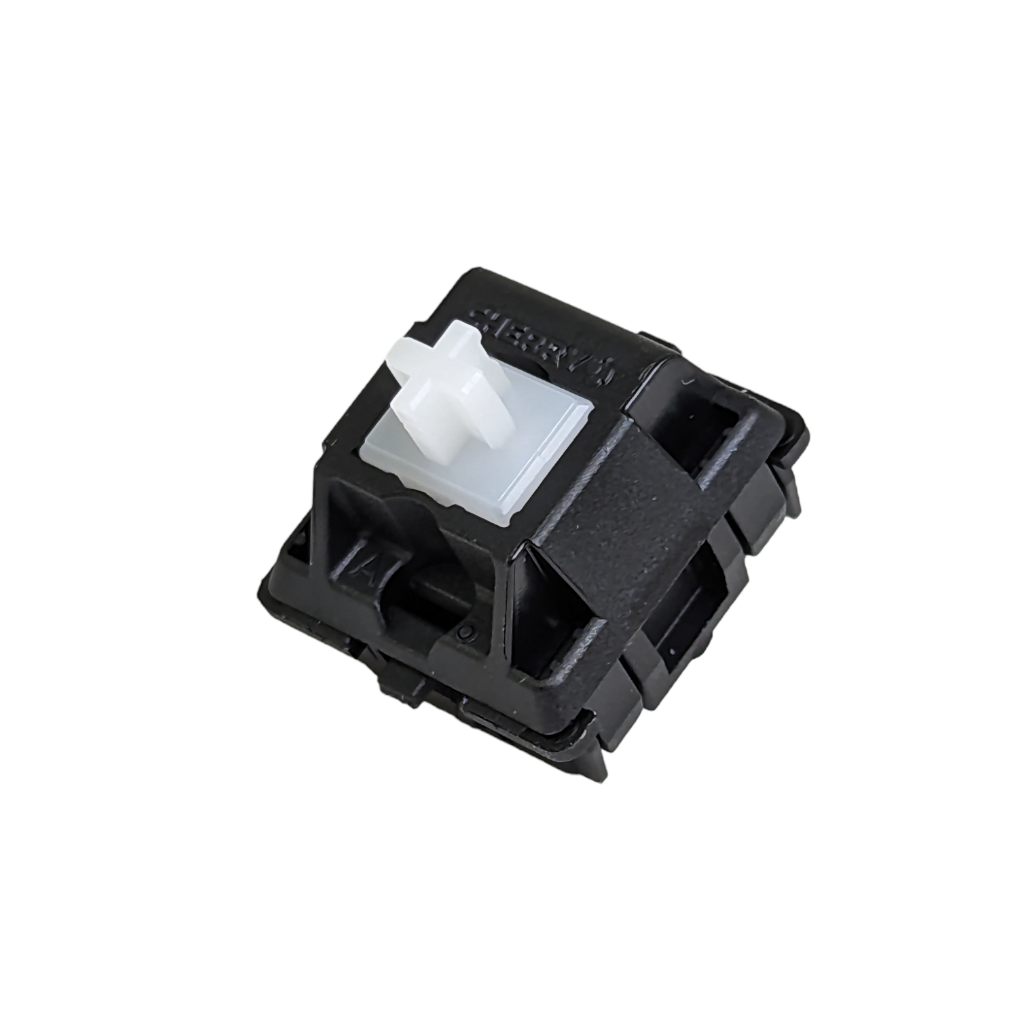The Significance of Tactile Switches in Producing Dependable Interface
Responsive switches, essential parts in different digital devices, provide apparent responses through a physical sensation upon actuation. This clear action is essential in atmospheres where aesthetic or acoustic signs are inadequate, ensuring users confidently involve with user interfaces without second-guessing their inputs. As modern technology permeates more elements of day-to-day live, recognizing the refined yet significant impact of these activate individual communication comes to be crucial. Their role in boosting user experience invites further exploration into their widespread applications and possible advancements.
Understanding Tactile Feedback: The Essentials of Tactile Switches Over
Responsive switches, important components in various digital tools, supply instant physical feedback when activated. These buttons include a system that users can really feel and listen to at the point of contact, validating an activity has been initiated. Generally discovered in keyboards, remote controls, and commercial controls, tactile buttons are liked for their sharp, crisp action which enhances the assurance of input commands.
The building of a responsive switch consists of a dome-shaped rubber or metal that falls down and after that recoils upon release, completing an electric circuit. This action creates a visible click. The distinctive tactile and distinct feedback is important for fast-paced atmospheres like pc gaming or in circumstances calling for accurate data access, where users benefit immensely from immediate physical verification of their inputs.

Performance in design also enables these buttons to be long lasting, commonly enduring millions of cycles without performance deterioration, making them trustworthy parts in both customer electronic devices and high-demand commercial applications. - tactile switches
The Role of Tactile Switches in Enhancing User Experience

Furthermore, responsive switches add to a much more intuitive individual experience. They can be developed with differing levels of actuation pressure and distinct responsive profiles, permitting customization that matches details user needs and choices. This adaptability not just makes tools much more straightforward yet additionally raises satisfaction by providing to individual communication designs. Consequently, individuals frequently report higher levels of comfort and lowered fatigue, especially in circumstances involving extended use technology, highlighting the essential function of responsive buttons in modern interface layout.
Applications and Advancements: Tactile Switches Over Throughout Industries
Where might one come across responsive switches outside of conventional customer electronics? In healthcare, responsive buttons are used in portable analysis equipment where precise responses is vital for operation.
In the automotive sector, tactile switches add to much safer driving experiences by being incorporated right into steering wheel controls and control panel user interfaces. This allows vehicle drivers to run audio systems, GPS, and various other in-car functionalities without averting from the road.
Similarly, in commercial settings, these buttons are vital for machinery controls where drivers rely upon informative post clear responsive comments to confirm effective activation or deactivation of equipment, hence avoiding operational mistakes and boosting security in environments that typically involve high-stakes operations. These examples highlight how tactile buttons help with integrity and efficiency across varied sectors.
Verdict

 Spencer Elden Then & Now!
Spencer Elden Then & Now! Josh Saviano Then & Now!
Josh Saviano Then & Now! Tahj Mowry Then & Now!
Tahj Mowry Then & Now! McKayla Maroney Then & Now!
McKayla Maroney Then & Now! Ricky Schroder Then & Now!
Ricky Schroder Then & Now!